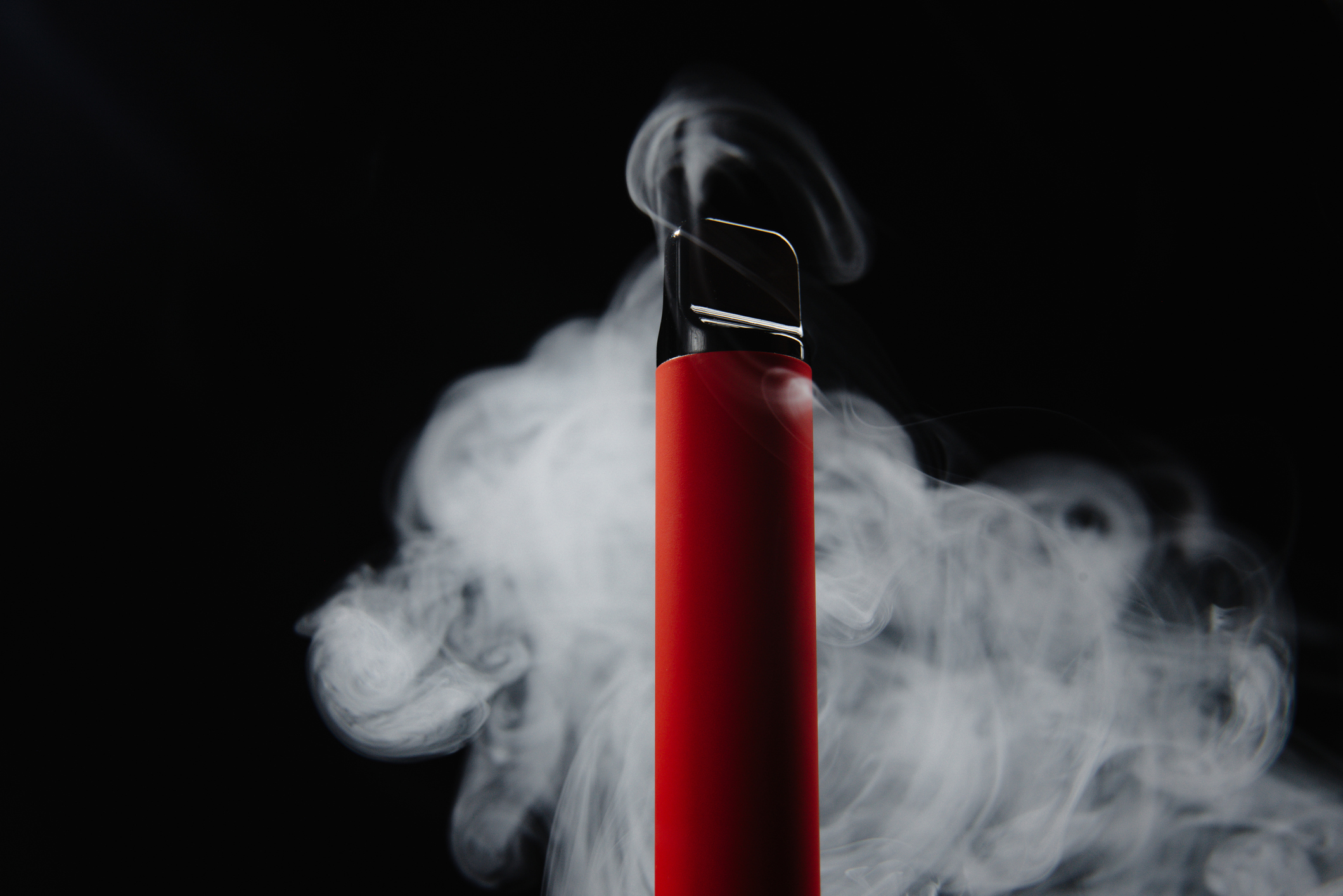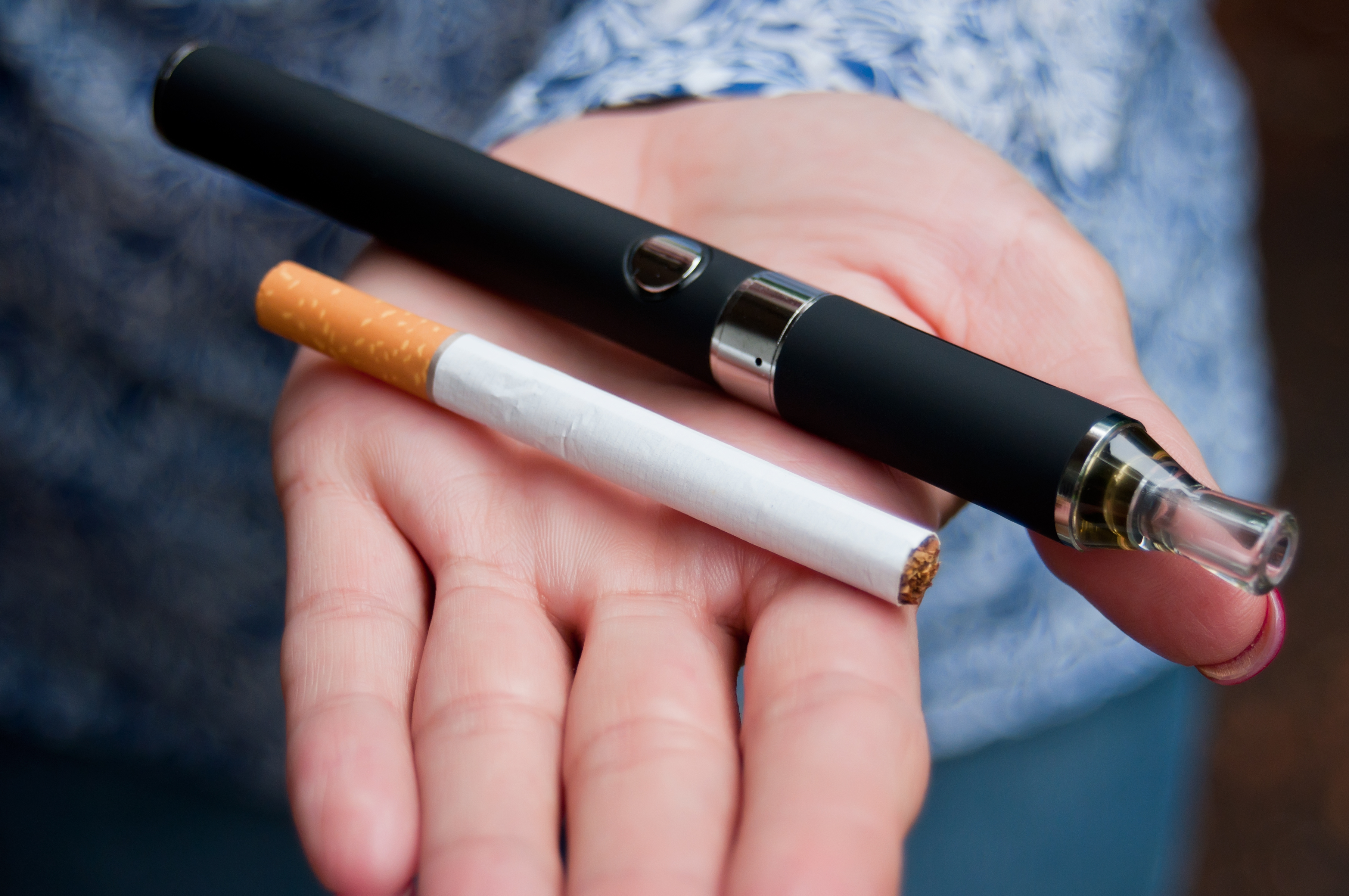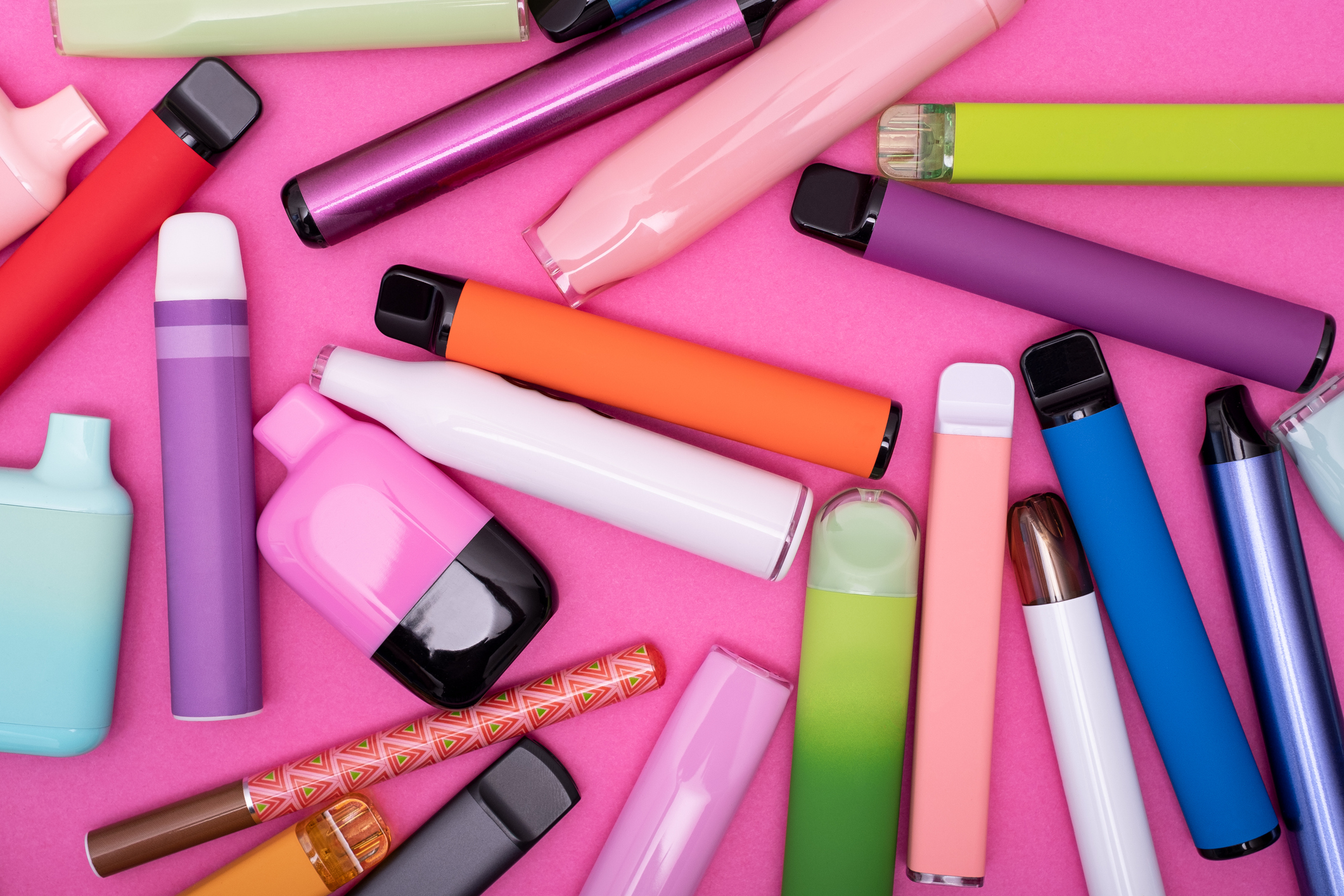If you’re looking for just the facts about what’s really in a vape, you’ve come to the right place.
What’s a vape (aka e-cigarette, e-hookah, mod, or juul)?
E-cigarettes are electronic devices that heat a liquid (vape juice, e-liquid, e-juice) to produce a vapour that looks a lot like smoke, which users inhale.
Many of these liquids come flavoured in fruit, mint, menthol, candy, and other flavours (which makes them appeal to children and young people).
Who uses vapes?
Increasingly, younger people.
Although e-cigarettes have been around for a decade or so, the designs have become smaller, slicker, and more aggressively targeted at young people through social media, and they have quickly become a popular and addictive product.
Research indicates that in 2022-23, 30 per cent of Australian secondary students aged 12-17 years had ever used e-cigarettes, compared with 13.5 per cent in 2017.
Female students (35 per cent) were more likely than male students (25 per cent) to have ever used an e-cigarette. Older students aged 16-17 years (43 per cent) were more likely than young students aged 12-15 years (24 per cent) to have ever tried an e-cigarette.
People who have never smoked a tobacco cigarette before their first e-cigarette are 3 times more likely to take-up tobacco cigarettes later in life.
Experts have expressed serious concerns over nicotine exposure, brain development and smoking initiation in young folk.

So, what’s in those vape juices?
First up, some legal stuff.
Some vapes can contain nicotine. Vaping products containing nicotine are illegal, unless on prescription. Changes to the federal laws for vaping products with and without nicotine have commenced.
Vapes are also subject to the same laws as cigarettes or tobacco products, so where you can legally smoke vapes and cigarettes is the same. This also means vapes are subject to the same restrictions around where and how they can be sold, and who they can be sold to.
Nicotine is a poisonous and highly addictive chemical that some plants developed to stop animals and insects eating them. It was widely used as a natural insecticide to kill pests.
There is also no way to verify what’s in vape liquids purchased online from overseas. Many of them contain nicotine even if they’re labelled ‘nicotine-free’.
Most vape juices contain some of the following:
- propylene glycol – a common food additive
- vegetable glycerine or glycerol – also food additives
- in some cases, water
- other chemicals (including those used to create flavours).
The first three ingredients are usually harmless when eaten, but their effects when inhaled as an aerosol are currently unknown.
Vapes—especially those bought online from overseas—also can contain unspecified and uncontrolled amounts of other substances, some of which are known to be really harmful, particularly when inhaled, such as:
- diacetyl – used in popcorn flavourings for its buttery taste. It can cause ‘popcorn lung’ (bronchiolitis obliterans) if inhaled in large concentrations
- diethylene glycol – a toxic chemical used in antifreeze that is linked to lung disease
- lead, tin, nickel - heavy metals
cadmium - a toxic metal that causes breathing problems and disease - acetylaldehyde and formaldehyde - cancer-causing chemicals
- acrolein - a weed killer that can cause irreversible lung damage and cancer
- benzene – a volatile organic compound found in car exhausts that is cancer causing and causes harm to bone marrow, reducing red blood cell numbers and leading to anaemia
- some chemicals in e-cigarette aerosols can also cause DNA damage
- ultra-small particles that can be inhaled deep into the lungs.
Additionally, when vape juice is heated to turn it into an aerosol, other toxic chemicals are formed.
Other vape liquids can contain:
- THC – the main psychoactive compound in cannabis
- CBD – cannabidiol – another chemical from the cannabis or hemp plant
- Vitamin E acetate – a chemical of concern among people with e-cigarette or vaping use-associated lung injury (EVALI)
- Other, or unknown, chemicals.
Other safety concerns
Electronic cigarettes may:
- deliver unreliable doses of nicotine
- leak their contents
- be a poisoning risk, particularly for children (one teaspoon of commercially available liquid nicotine can cause irreversible damage or death to a child)
- not list the presence and/or actual strength of nicotine on the product label
- contain other unknown, possibly toxic chemicals
have incorrect or inconsistent labelling and unsafe packaging - encourage the uptake of smoking
- have no child safety measures
- be unsafe to use during pregnancy.
All the above dot points taken together make quite the list.
If you or someone you know is addicted to nicotine and needs help, you can contact Quitline on 13 78 48, or visit the Quit HQ website

More information
If you need more information about vaping products, what’s in them, the laws, and the health effects, see:
Find out more about Vape Truths here: www.vapetruths.initiatives.qld.gov.au/
Find out why There’s Nothing Sweet About Vapes here: www.vapingexposed.initiatives.qld.gov.au/
To get support or information on giving up smoking or vaping, visit: www.quithq.initiatives.qld.gov.au/
